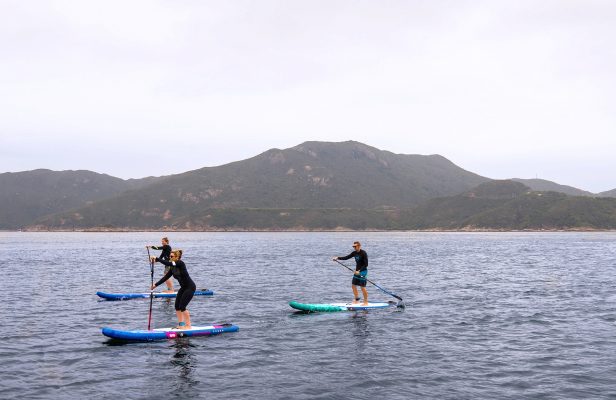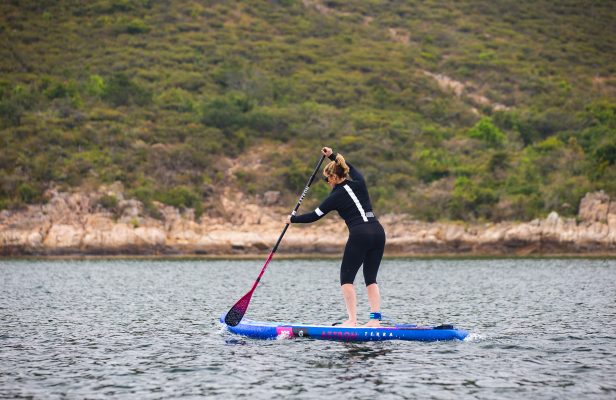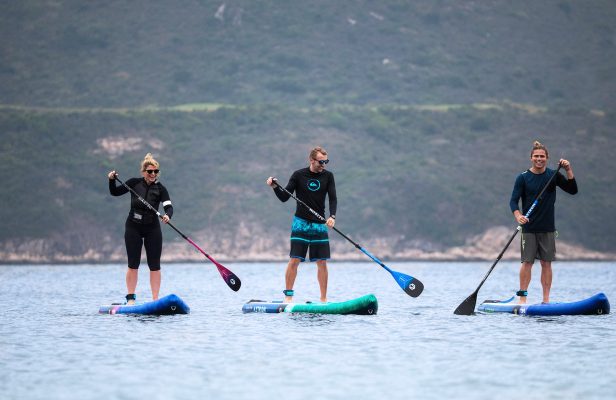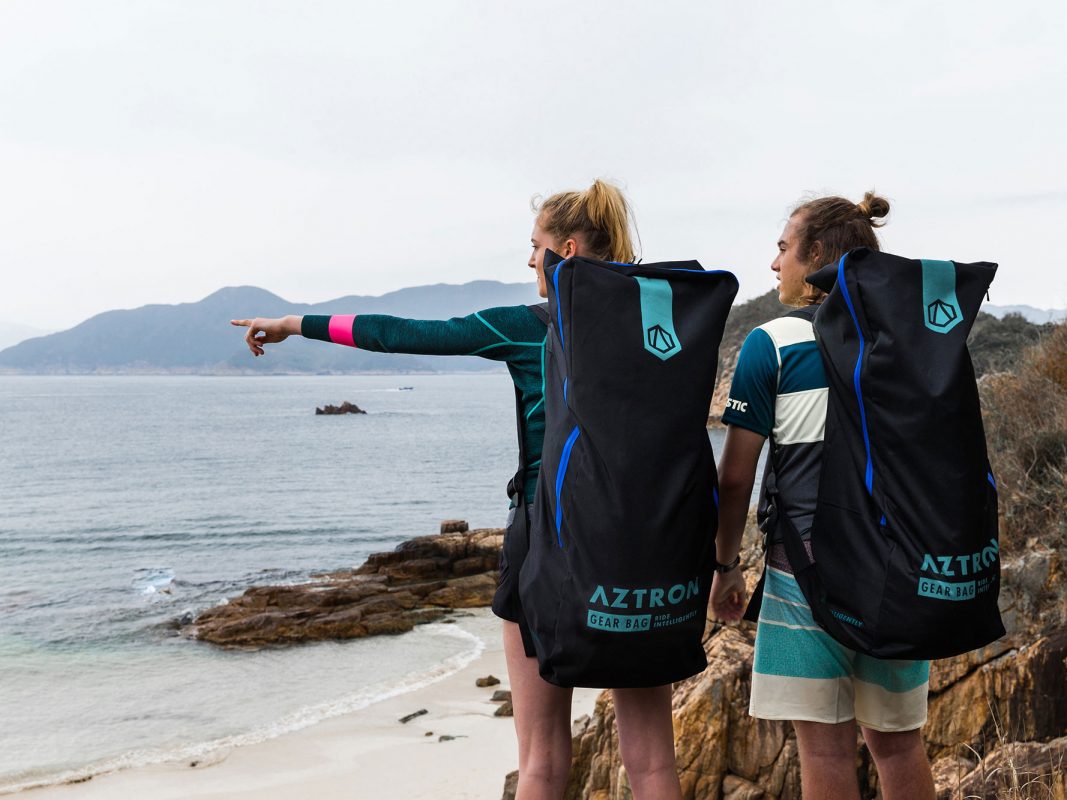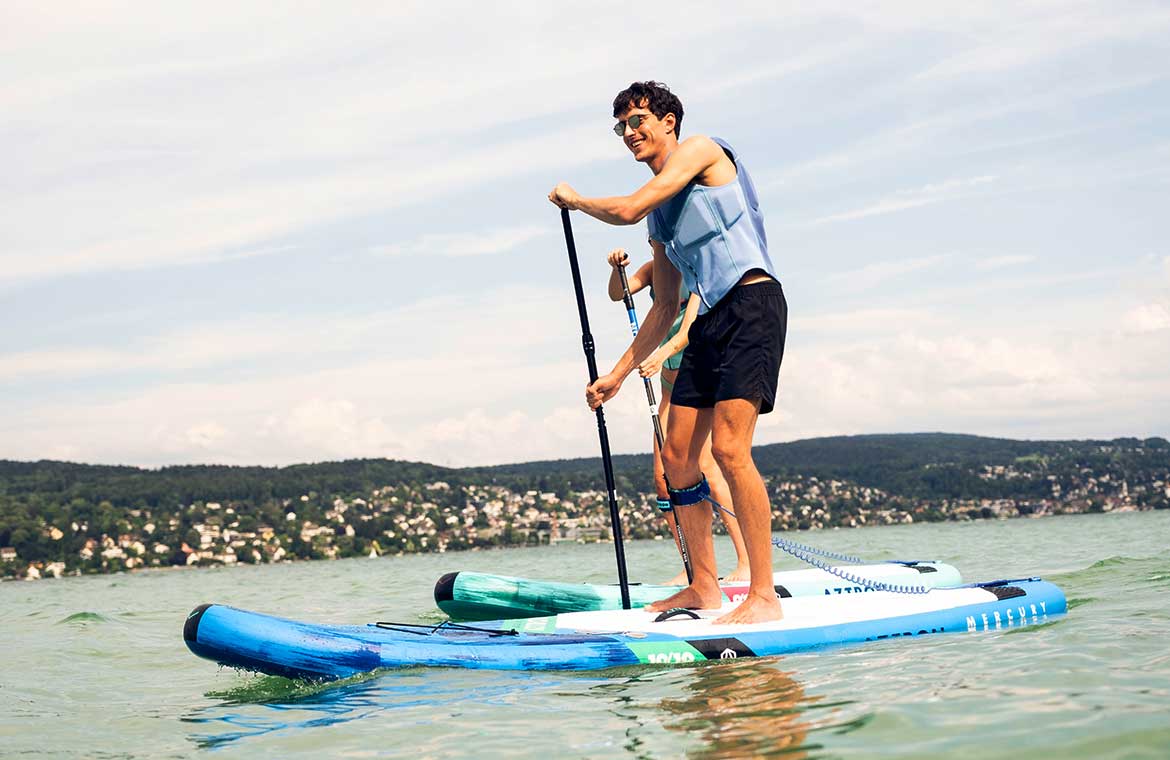Stand Up Paddle
What you need to know about inflatable SUPs – Buying guide.
What are they doing?
Just what their name describes: Standing Up Paddle (SUP) – You paddle standing up. A great way to exercise all the muscles of your body at the same time, with an emphasis on the trunk and improve balance and neuro-muscular coordination while enjoying the sun and the sea!
It’s the definition of functional training that comes with fun and adventure!
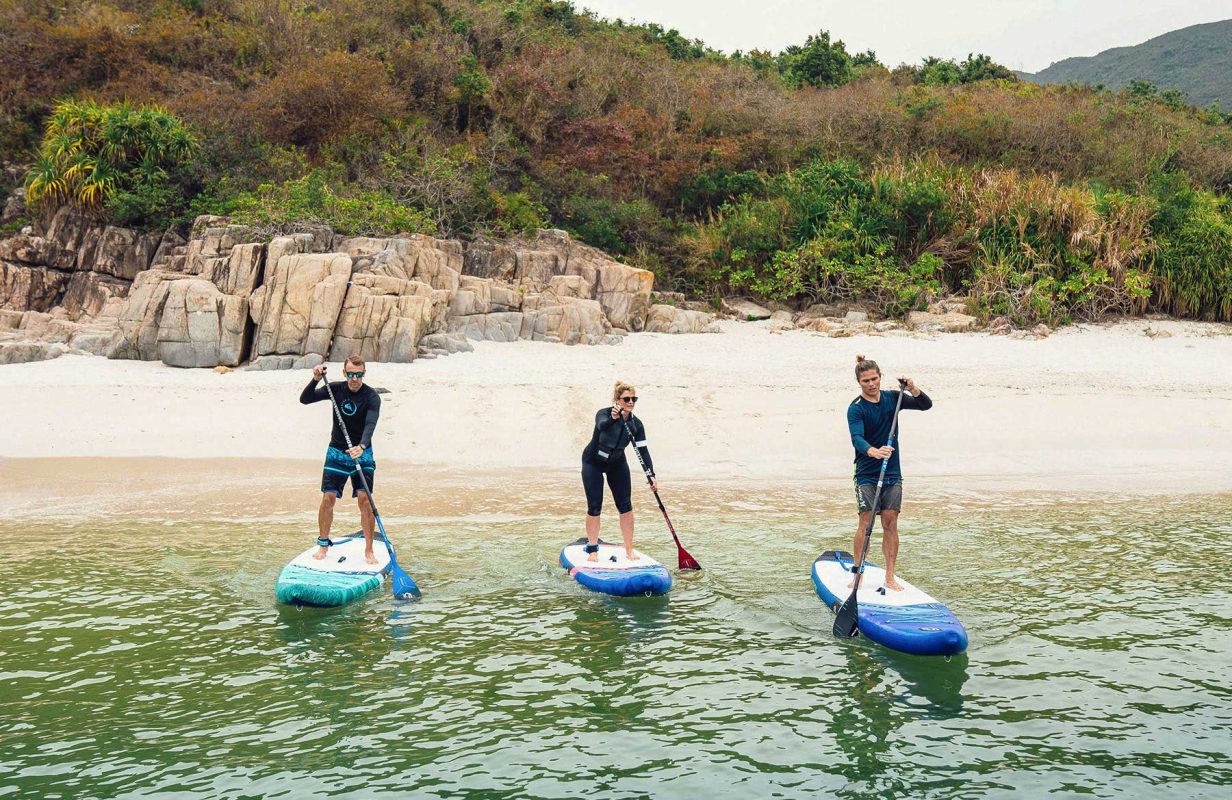
Their categories?
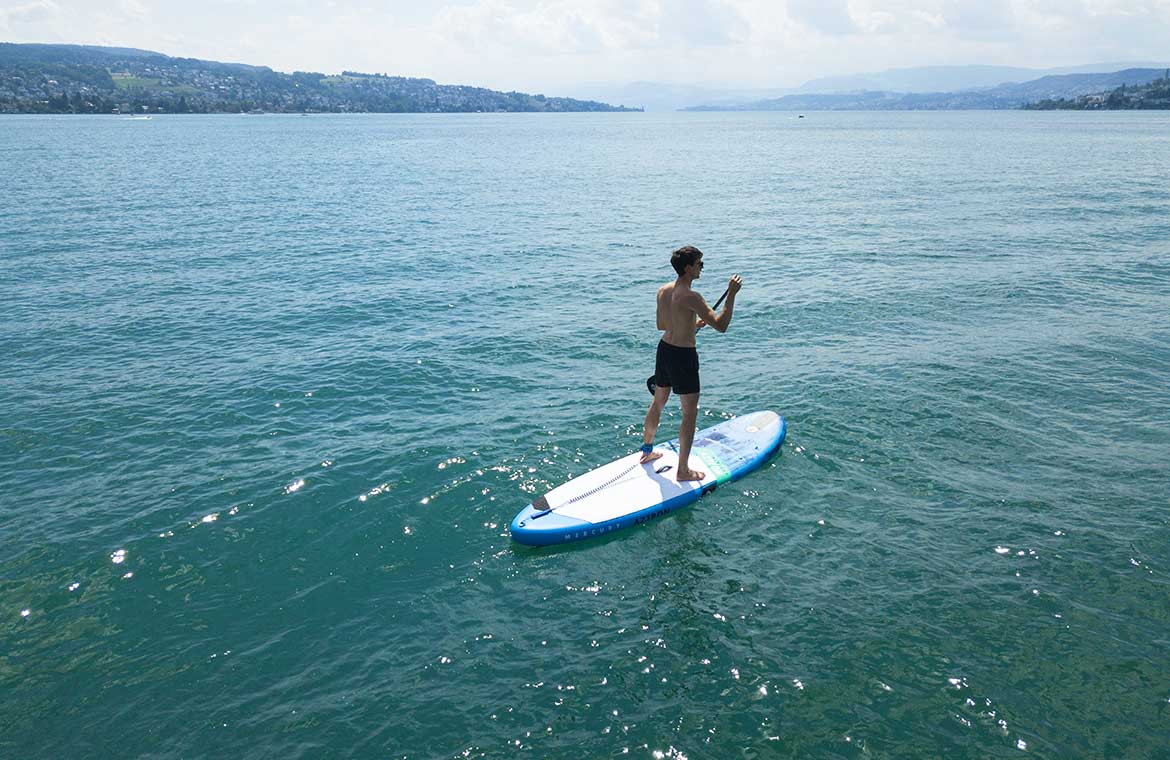

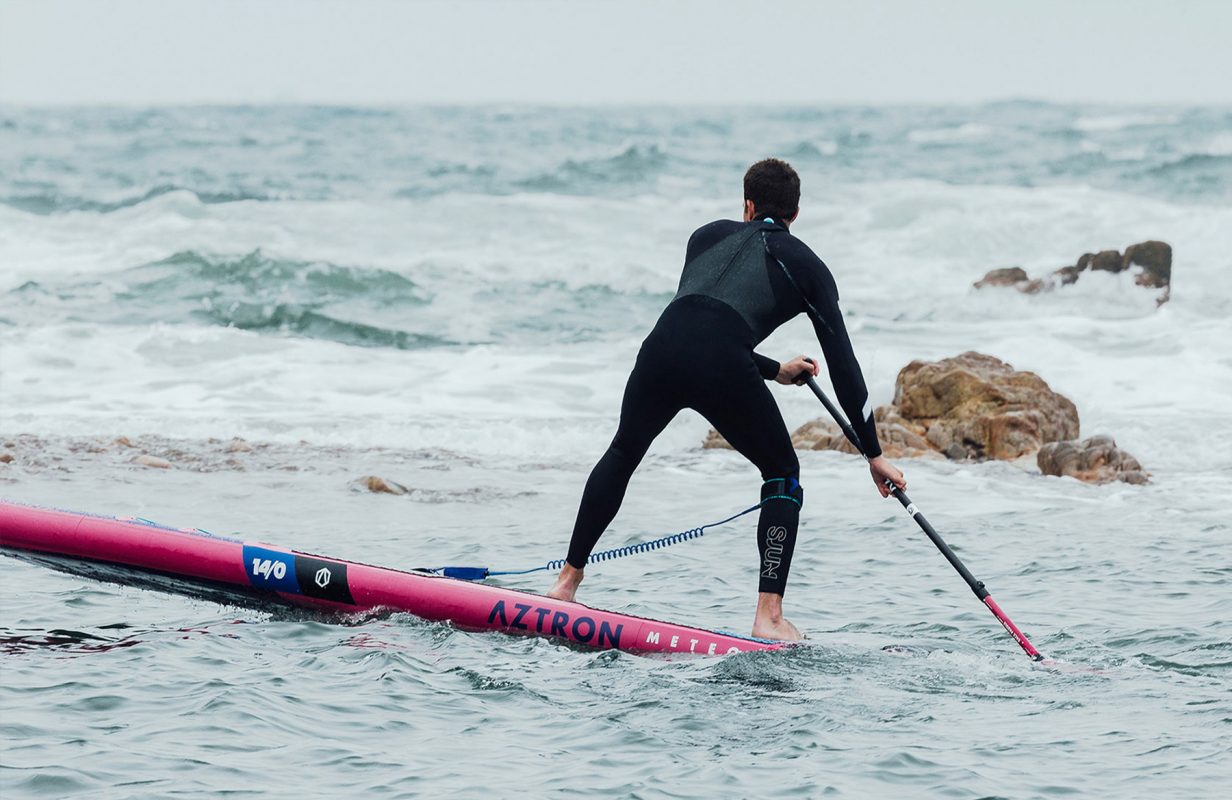
- All Around (general use): They are ideal for beginners without excluding the most experienced users. Their great advantage is the flexibility of use and the fact that they respond to all water conditions.
They have a wide shape and are a lot of fun especially in slightly rough seas.
- Touring:
They have a longer length and a hydrodynamic shape with a more pointed bow, They are designed to glide easily and with greater speed in the water.
Ideal for covering long distances. They do their best in relatively calm waters.
They are the next step after all arounds and are usually preferred by more ambitious riders.
- Racing:
They have a long length and an aggressive hydrodynamic shape with a particularly pointed bow to quickly “tear” the water.
They are designed for speed racing in calm waters. Not recommended for beginners.
- Surf: Became a favorite among surfers when they discovered that by paddling a flexible inflatable board they could “catch” more waves than with a traditional surfboard.
- Yoga: For Yoga lovers who want to combine it with the sea breeze!
Which length should I choose?
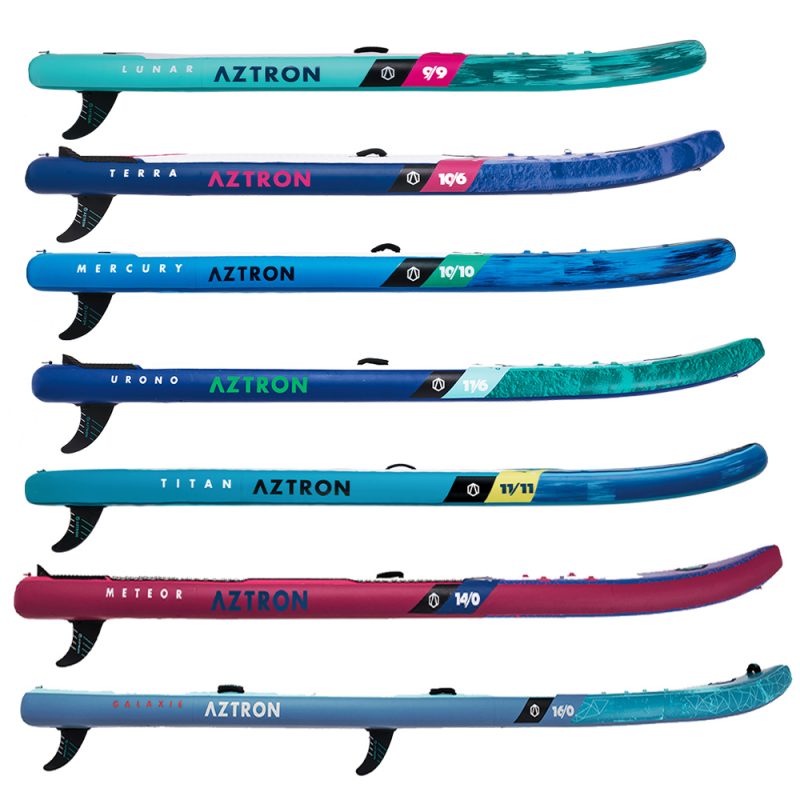
This depends on the rider’s build, experience and intended use. A tall rider will prefer a longer iSUP as will one who wants stability, speed or just to take a lot of gear with them on sea trips!
A shorter iSUP will be most appreciated by shorter riders and those seeking flexibility.
Mid-sized iSUPs are the gold standard as they are stable without falling behind in flexibility, the balance they offer in their features makes them ideal for someone entering the magical world for the first time of iSUP!
Width?
Definitely not under 30 inches (75 cm)! Anything below this width takes away ergonomics from the deck and spoils the balance and stability of the ISUP.
Larger builders prefer the 32-inch width which offers the best compromise between stability and flexibility.
Does thickness matter?
Of course!
A small thickness of 4 or 5 inches (10 or 12 cm) often hides a cheaper construction since it has a less strong core than drop stitch material and consequently lags behind in stiffness and strength.
Prefer a thickness of 6 inches (15 cm.) which will give you the necessary stability for the restless Greek seas!
What is a Rocker Line?
It is the ISUP curve from bow to stern as seen from the side.
A progressive rocker line with harmonic lines is an indication of good and automated construction. On the contrary, an asymmetric rocker profile with strong elevations is a sign of poor construction and suggests a poor hydrodynamic behavior of the ISUP.
What are relays?
They are the sides of the board and they are the ones that suffer the most from the waves, taking the biggest burdens.
They must be reinforced with more than one layer of material and these layers must be uniformly sealed as a single body.
How many directional fins are needed?
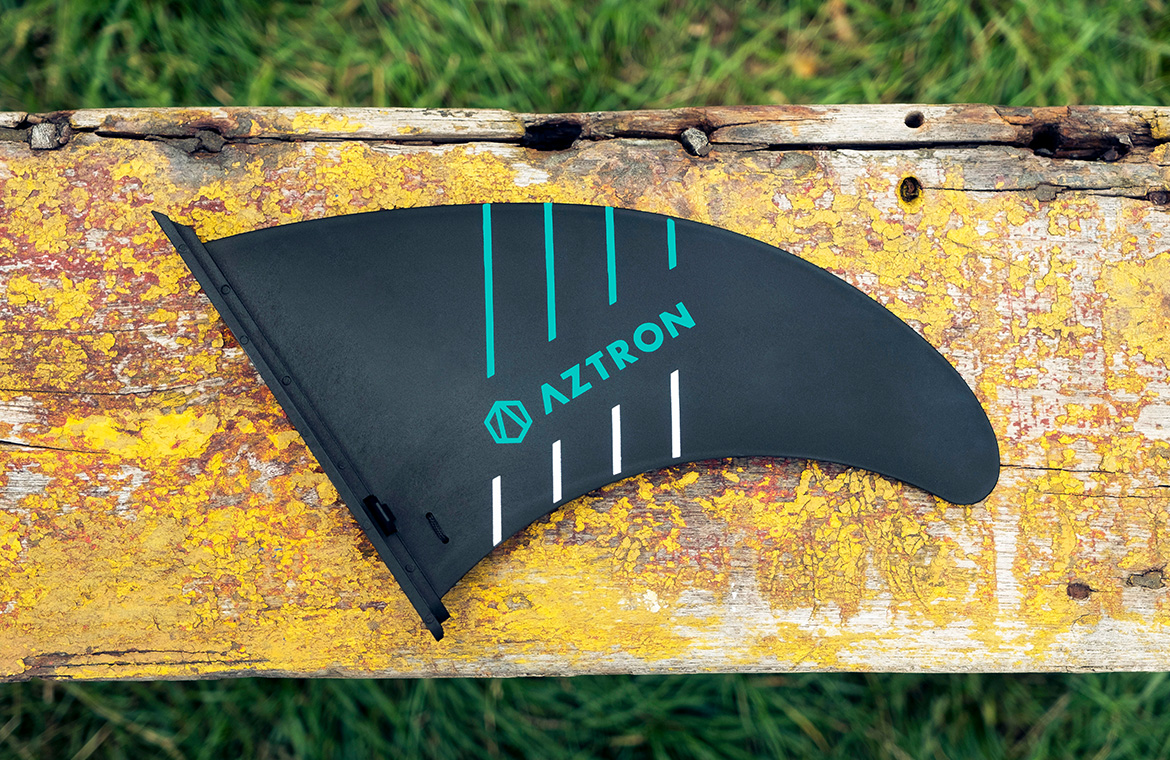
With or without Kayak seat?
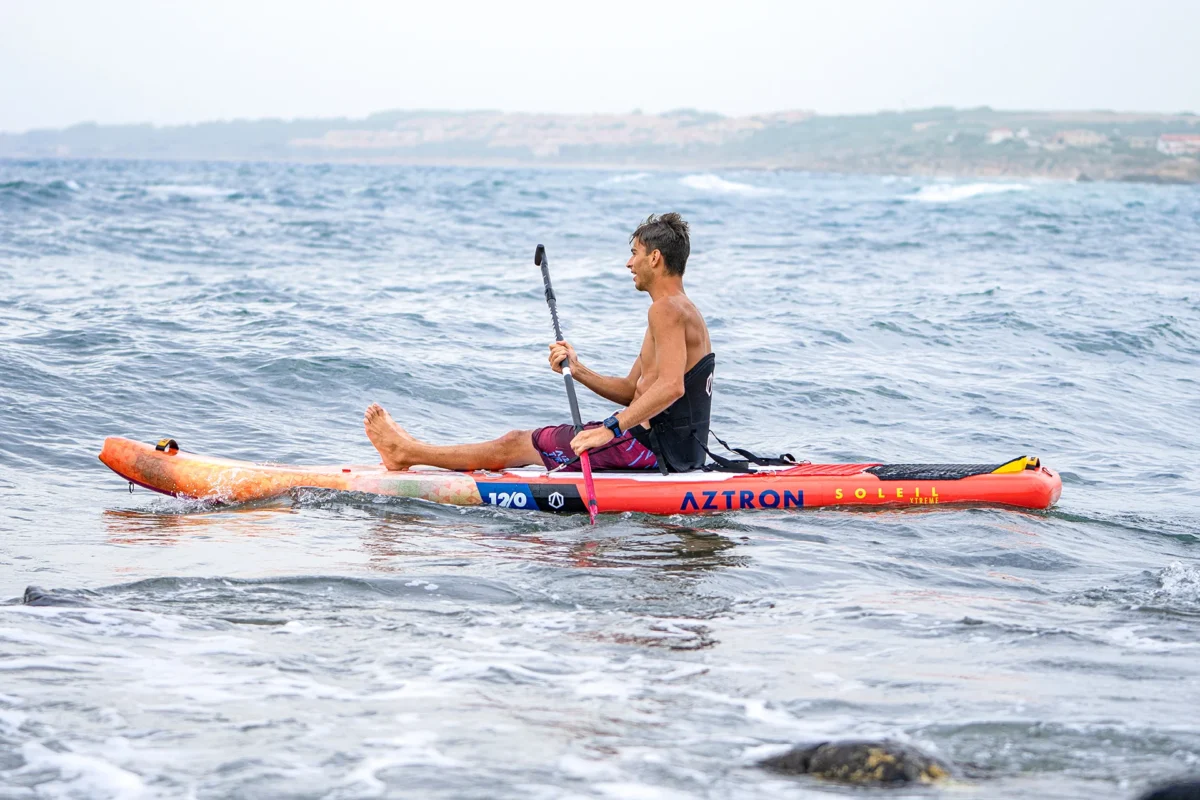
If the Sup you are interested in has infrastructure (built-in eyelets) for installing a Kayak seat, then be sure to get it! It is an additional expense, but it will prove to be negligible compared to what it offers!
A Kayak seat will help you rest from standing paddling and offer you moments ..or even hours of peace in a calm sea! You’ll be able to continue stand up paddling, fishing or just relaxing and enjoying the sunset.
Accessories?
Essential! All serious companies must provide at the purchase price complete iSUP solutions with the following necessary for their safe use:
- Hand pump
- Oar
- Ankle strap so you don’t lose your board.
- Carrying bag.
If you end up becoming a fan of the sport, you can also get an electric pump or an inflatable SUP carrying case to avoid frequent inflating and deflating.
There are also wheeled bags for transporting equipment, various types of paddles, etc.


